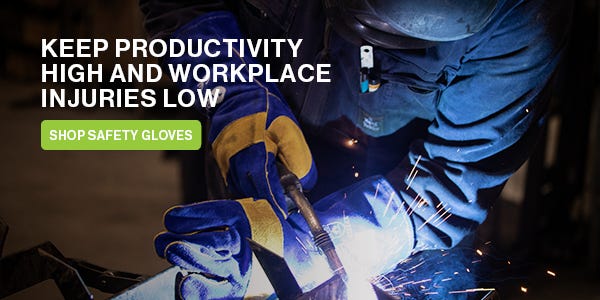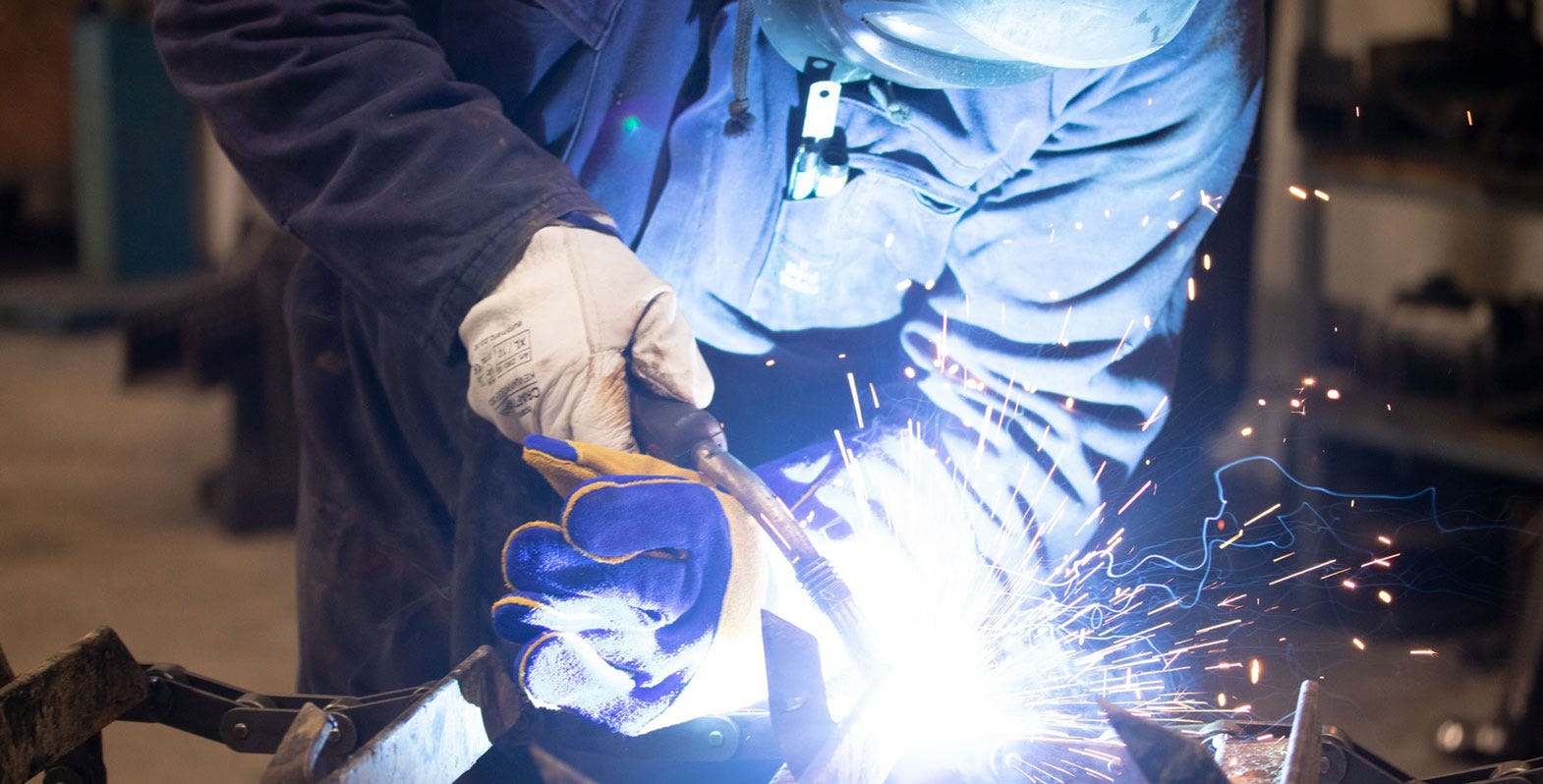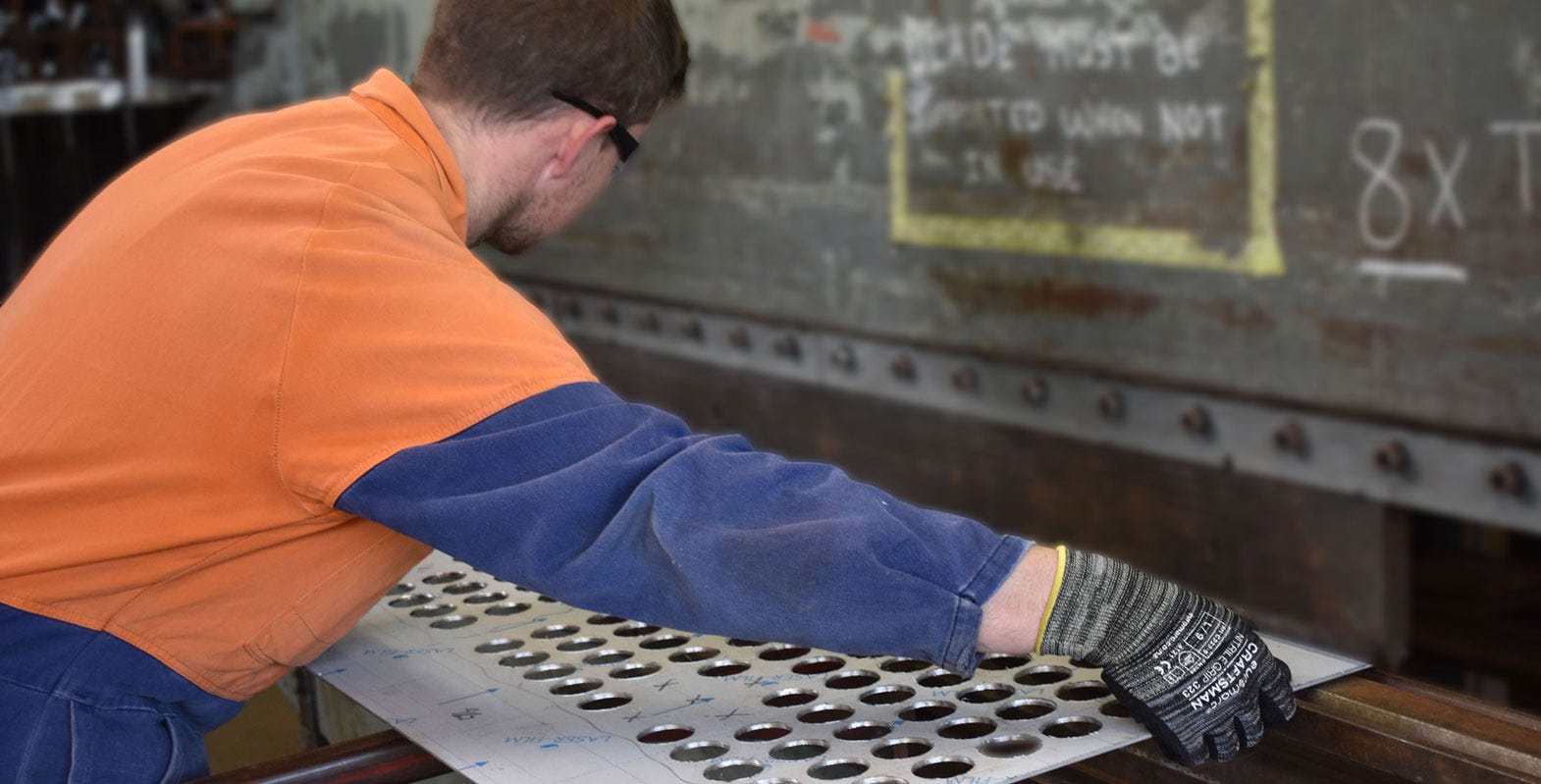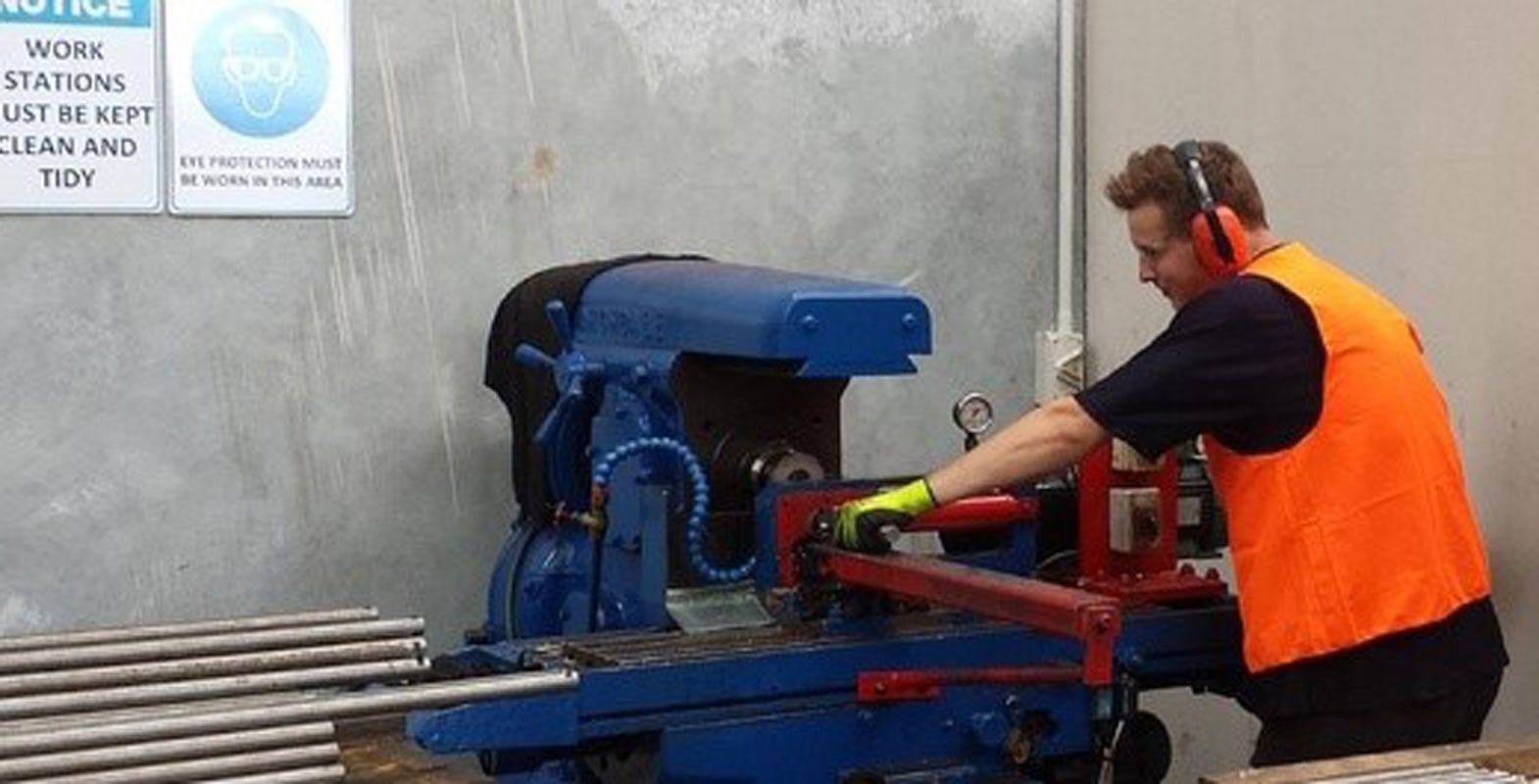Blue welding gloves with maximum life and comfort
Winton Engineering, Southland - case study
'It’s actually good to see them lasting long enough for the leather on the glove to wear out before the stitching.'
We asked Steve – Manager, at Winton Engineering about their history with welding gloves and why he now uses the Weldclass Blue and Gold welding gloves.
What type of work is Abcast Foundry doing with their gloves?
As a Foundry we’re using the gloves to handle high temperature castings, a then a lot of grinding and fettling to finish the castings. And also used for general engineering construction work as well. So Yeah, everything that’s nasty on gloves!
What type of work are Winton doing with the welding gloves?
The main thing that we use the gloves for, besides just normal production, is welding up these Winton stock feeders made out of galvanised pipe. We make about 1200 per season. The combination of the galv and the type of welding, produces quite fine small sparks and bad spatter, which was landing in the stitching and folds, and burning them out. So you can see why we are always looking for a better glove.
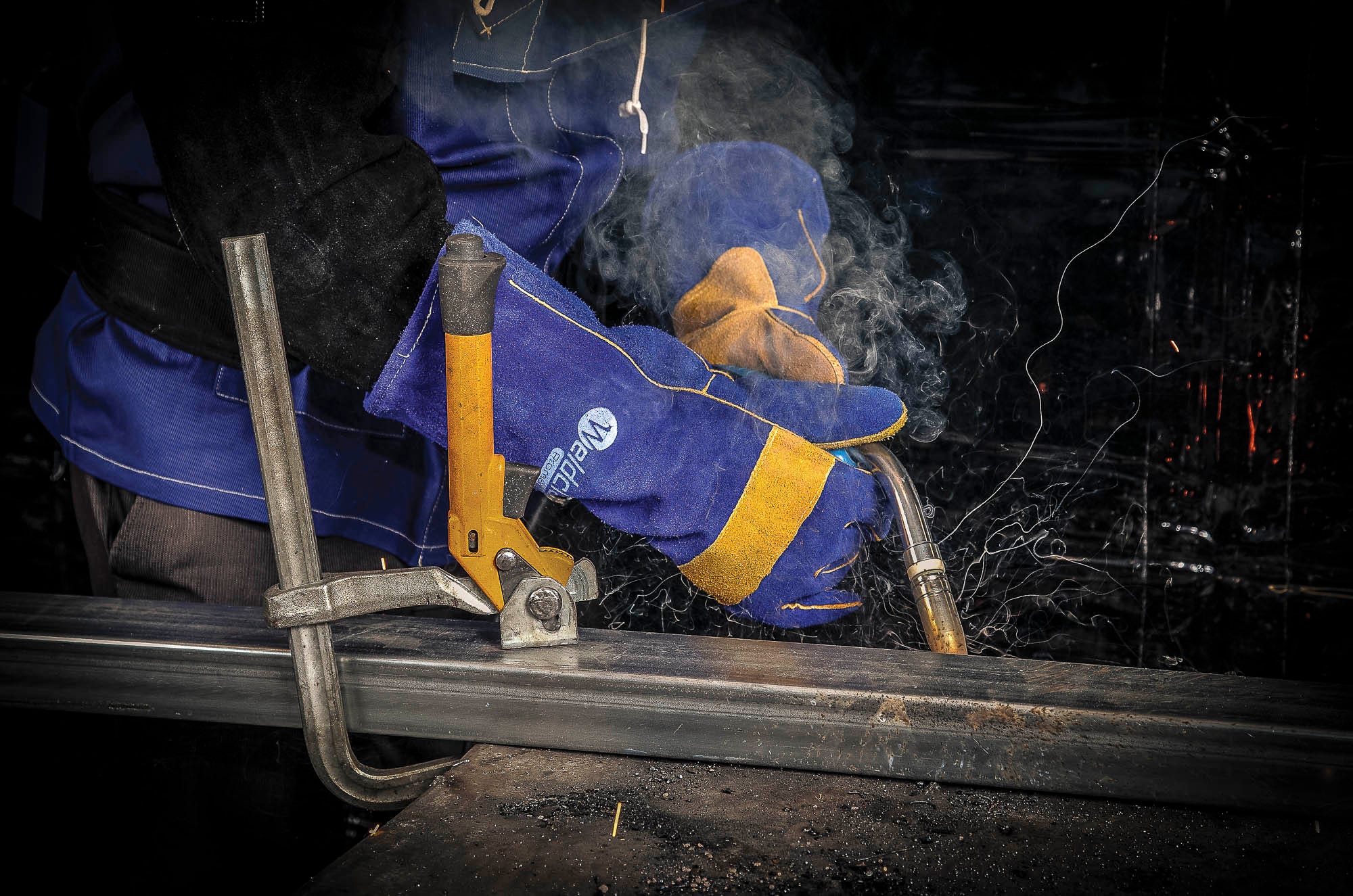

Previously what glove have Winton been using?
Obviously I’ve tried them all. From green pairs to red, different blue gold pairs, top priced gloves, to a glove that you give a guy for half an hour and the stitching would be gone, and here’s all this good leather around it.
OK so you have tested different options! What did you find? And why did you choose to use Weldclass Blue welding gloves?
Well, through the whole process of doing this, we have on average 8 guys wearing gloves, all day every day, welding the feeders. The testing was, ‘here’s a new pair of gloves, let me know if they crap out.’ At one stage we were getting gloves for about 8 dollars and we were only getting a quarter of the use out of them, compared to what we getting now out of the 12 dollar Weldclass Gloves.
So yeah these Blue Weldclass ones, they are definitely up to the play.
They have quite a good reinforced palm in it, but it all comes down to the positioning of the stitching, how well they are stitched around the thumb and fingers, also how the lining is stitched in, which helps with the comfort of the glove. It’s actually good to see them lasting long enough for the leather on the glove to wear out before the stitching.
The Science behind the result:
During the findings with Scott, it is well noticed that a well-stitched kevlar glove made the glove last that much longer, and also because of the true A-grade leather.
Now anyone can sew a glove, but were the good gloves shine is when there is "Quality control and trained sewers ensure that the leather is cut and sewn with Kevlar thread in the best place, so giving you a leather glove that will last the distance.
And then there is leather grades and thickness. There is grades of leather A, then A-B, B-C. most rigger gloves are make for A-B or B-C grade leather, and A-grade is for specialist products. Thickness range for 2mm to 0.6mm. Rig-max leather riggers gloves are only made with 1.1mm A-grade leather, to give you more protection against heat, and edges, but the extra flexiblilty for handing and feel.
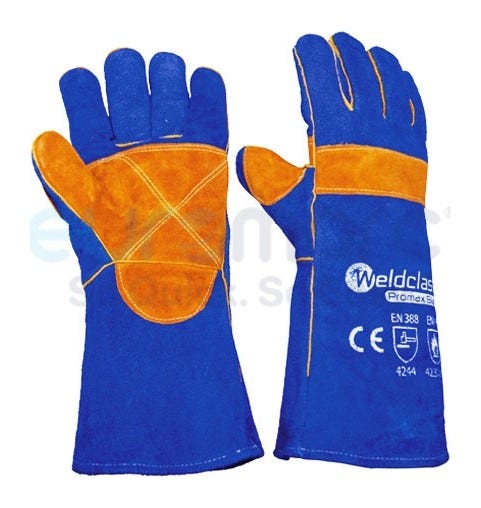

 Need assistance?
Need assistance?
